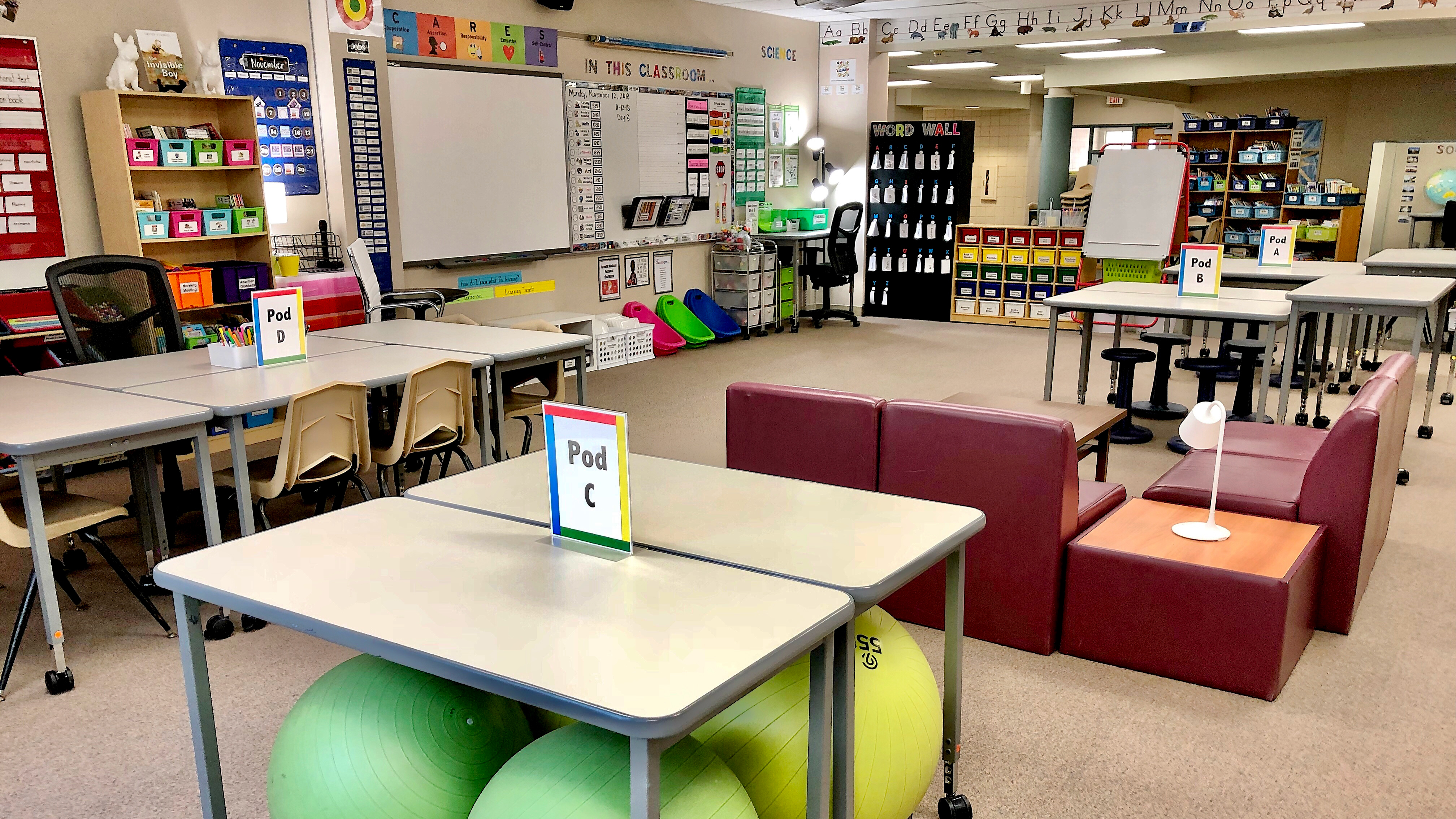What to Look for in a Classroom, Kohn
Introduction to Culturally Relevant Pedagogy
Reflection:
After reading the chart from Alfie Kohn, I realized a lot of my school experience especially in elementary school connected and were very similar to what was in the "good signs" column. For example, in the chart it says chairs around tables to facilitate interaction, comfortable areas, and open space for gathering. I remember specifically in kindergarten there were tables with several seats around them so we could work in groups and be able to socialize with others, we also had an area with comfy chairs near a book shelf so we could either have quiet reading time or do a worksheet, near the whiteboard there was also a big area rug where we everyone would go to sit every morning. Also, in all my classrooms there was always some kind of student work that would be on the walls or in the hallways, however, some teachers in elementary school had behavior charts hanging up on the wall or some kind of poster that had a list of classroom rules. Most importantly, the types of qualities of the teacher, students seem to be more comfortable and like teachers who are respectful, genuine, and warm, unlike teachers who are controlling, condescending, or saccharine-sweet. It is a good sign when the students' facial expressions are showing that they are engaged and eager to learn rather than showing a blank or bored face, especially in the younger grades, they have so much energy and it is important to keep them occupied and busy with intriguing activities. Students are more likely to be successful and want to learn when there are good books, art supplies, and items they are interested in rather than textbooks, worksheets, and other materials that don't interest them. It's important that students are put in an environment that makes them comfortable, engaged, challenged, have fun, socialize but also be learning at the same time.
A point I would share in class is something I heard from the "Introduction to Culturally Relevant Pedagogy" video, it mentions that rather than the students having to adapt culturally to the school, the school needs to adapt and modify some of its sending messages.
Hyperlink: https://brightthemag.com/the-perfect-classroom-according-to-science-5b23c4a33c1a






